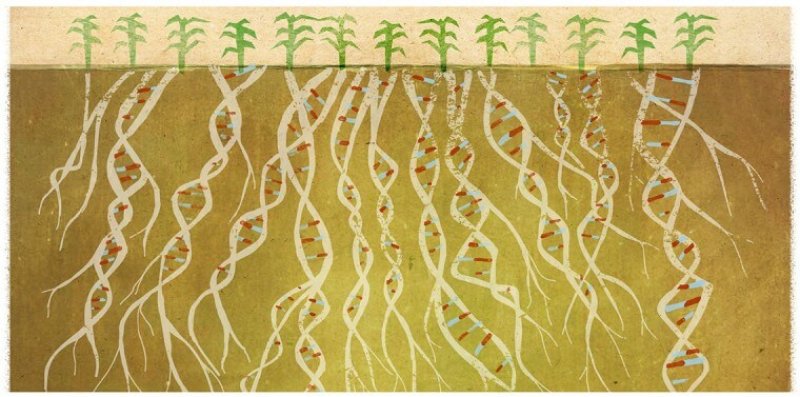[A] good portion of topsoil—the black fertile dirt that looks exactly like what you buy at the home and hardware stores—has eroded from farms across the country. This layer of dirt is extremely important for growing crops because it’s full of microorganisms and organic carbon.
As crops are planted and harvested year over year, this layer can be lost from tilling and natural erosion.
However, biotechnology provides a solution.
Plants and crops are good at capturing carbon from the atmosphere. It is what they do naturally. The problem is when crops are harvested, their roots—which is where this carbon is stored—are usually pulled up too.
But researchers at the Salk Institute of Biological Studies are using genetic engineering to develop plants with bigger, deeper roots which will stay in the ground after the crop is harvested.
Over time these roots will break down slowly, helping to replenish the soil with carbon.
This carbon capture can help the planet and farmers.
If the United States were to establish a carbon incentive program—which seems inevitable as carbon has become one of the newest hot commodities — farmers could gain a new revenue stream.































